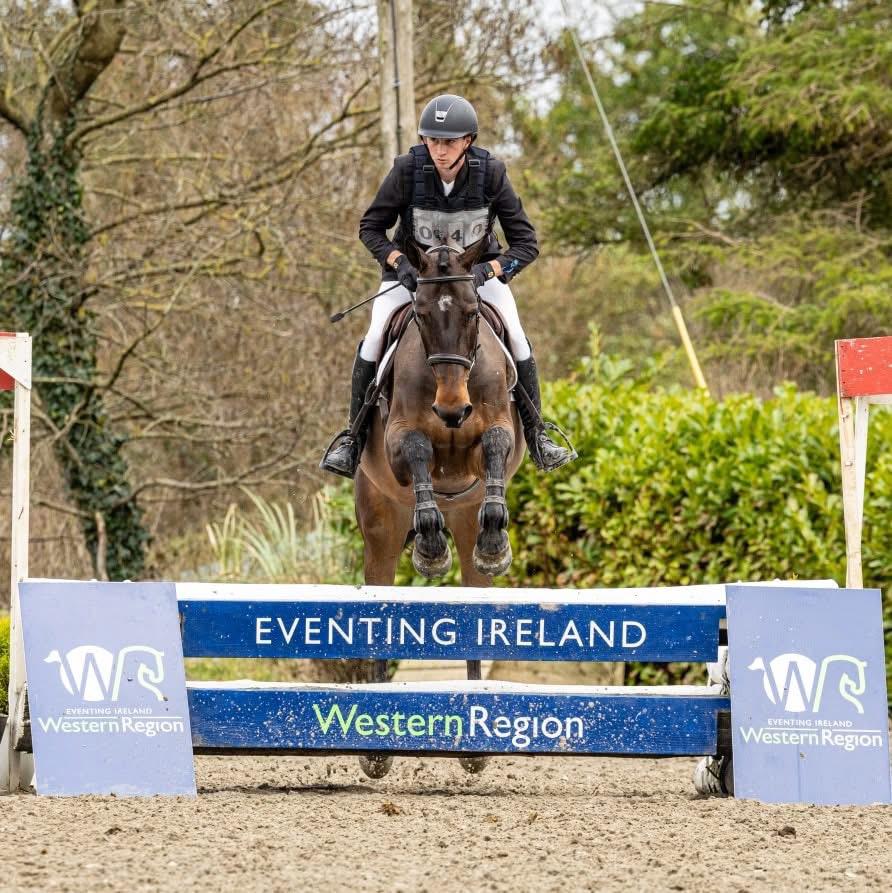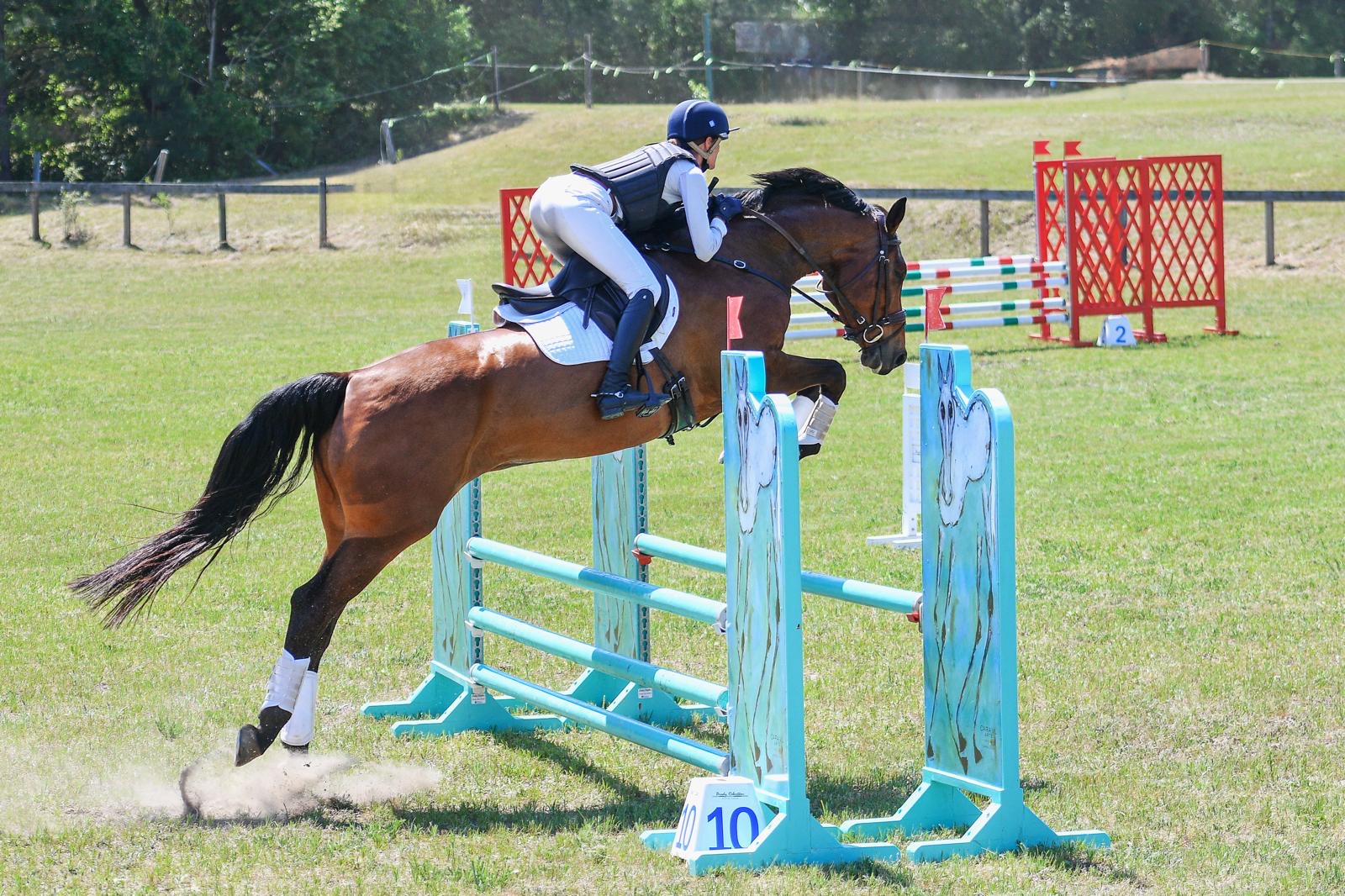Today, I learned something. I didn’t have a coach, wasn’t taking a lesson or participating in a clinic. I was just riding at home, on my horse Hamish, and trying to pay attention. And my horse said, “Start riding me a little bit, please. Don’t just pull on my mouth. Try to use your leg and your seat a bit more.” And I did as he requested. And I found a little better place to be with him today.
I pushed the envelope a little and asked for counter canter. The first time, I did not look up and where I wanted to go, muddled my aids a bit, and he cantered to the arena fence, from across the diagonal, and then … stopped. Confused. “What did you want?” He asked.
I tried again — looking up, keeping the soft eye, the big picture, tracking where I wanted him to go. I paid attention to his bend, then energy, kept the hocks bending, explained what I wanted with my seat and leg. And there it was — lovely flowing counter canter all the way around the short side and up the long side. I couldn’t help it — I smiled at myself — and gave him a big pat, and a “good boy!“
I do not know how people can ride and not love their horse’s conversations. They are so willing to speak to you if you just listen. I know in my life I have had many moments where I was quite deaf to my horse and am trying now to make up for years of ignorance.
There isn’t much science to this. You probably don’t believe in fairies and ghosts, either. But a horse has a body language that is so obscure and mystical it probably gets well into the realm of the imagination at times. It’s a matter of finding some kind of way to just notice him more while in the saddle. I am sure there is a better way to say this, or explain it — the dressage grand poobahs and renowned expert instructors probably have whole volumes written explaining it.
But if you’re just a rider, like me and my horse out there, your conversation might go like mine. I ask myself — “What am I doing? What do I want? If I do this, what will he do in response?” And then I try to listen. Feel. Watch what is in front of me.
The answers come in a minute change in the set of the ear, a flick, a breathing pattern change, the shoulder lift, the rhythm of the hind foot, the lightness on the rein of the contact they are willing to take from you. Sometimes you have to make a change to see what will happen, to experiment with the conversation a little so that you can hear the emphasis when you get it wrong.
Somewhere, someone can teach this to you, I am sure. And even in my life, I probably have had someone try to get it through to me, but it didn’t really resonate until I rode poor Hamish into the corner expecting him to pick up by crystal ball what the hell I was asking of him.
I wonder if my neighbors “get” dressage at all; they see me ride in circles and probably wonder what is she doing on that horse? Well, I often wonder the same thing. But now, after today’s counter canter lesson by Hamish, I can explain that I am having a chat with my horse, and practicing listening. Are you?





















